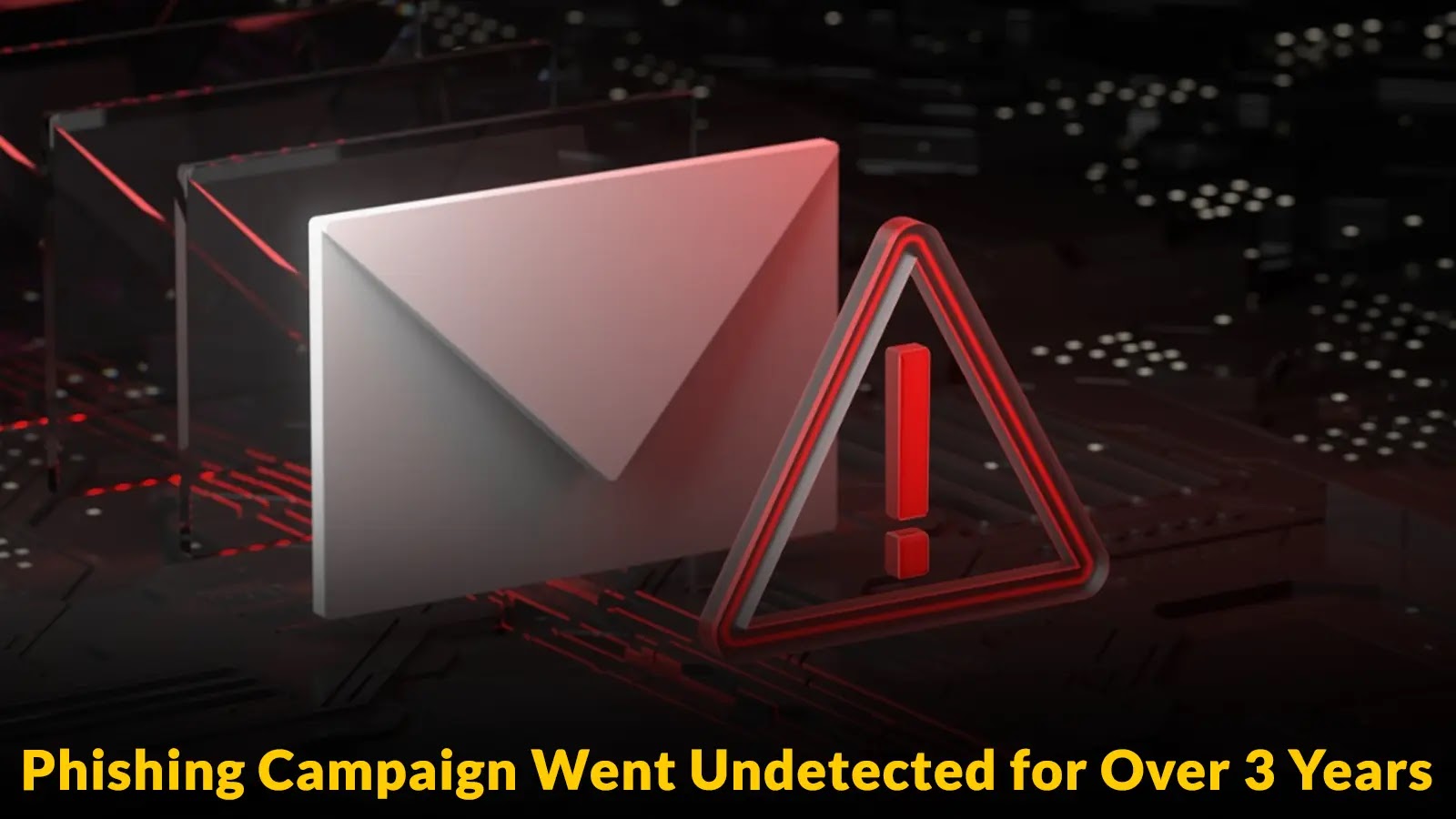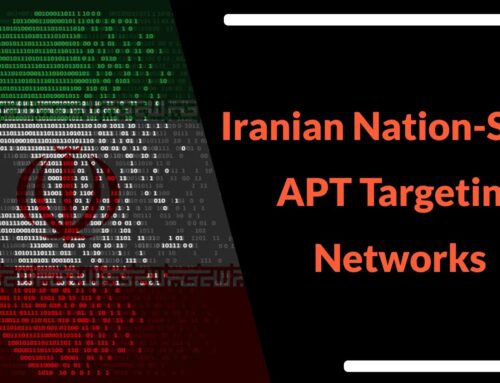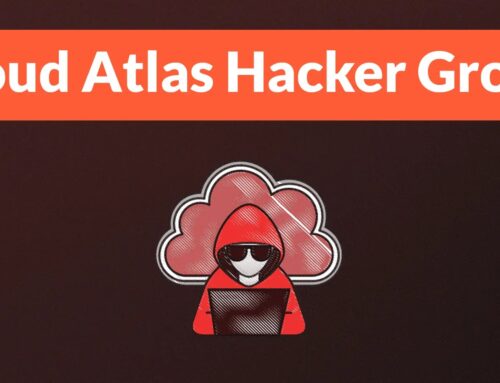
Phishing Campaign Went Undetected for Over 3 Years on Google Cloud and Cloudflare
The Ghost in the Machine: How a Three-Year Phishing Campaign Evaded Google Cloud and Cloudflare
A disturbing revelation has shaken the cybersecurity landscape: a sophisticated phishing operation ran undetected for over three years, leveraging the very infrastructure of Google Cloud and Cloudflare. This campaign, which notably impersonated a defense contractor among other major corporations, highlights critical blind spots in threat detection and response, even from internet behemoths. The implications for enterprise security, supply chain integrity, and user trust are profound.
Anatomy of a Stealthy Phishing Operation
The core of this persistent campaign lay in its advanced evasion techniques. Rather than relying on easily identifiable indicators, the attackers demonstrated a deep understanding of network security and human behavior. Key elements included:
- Infrastructure Abuse: The attackers cleverly utilized legitimate services from Google Cloud and Cloudflare, masking their malicious intent within trusted networks. This made it significantly harder for traditional security measures to flag their activities as suspicious.
- Advanced Cloaking: Sophisticated cloaking techniques were employed to hide the malicious landing pages from security scanners and automated analysis tools. This often involves presenting different content to a human browser versus a bot, making detection a cat-and-mouse game.
- Compromised Expired Domains: A significant tactic involved acquiring or repurposing expired domains. These domains often carry a degree of legitimate history and reputation, making them less likely to be immediately flagged as malicious by domain reputation services.
- Targeted Impersonation: Impersonating high-value targets, such as defense contractors like Lockheed Martin, indicates a strategic focus aimed at acquiring sensitive information or intellectual property. This level of targeting suggests a well-resourced and determined adversary.
The Alarm Bells: Why Didn’t Major Providers Detect It?
The three-year duration of this undetected campaign raises serious questions about the efficacy of existing detection mechanisms, even within the most advanced security infrastructures. Several factors likely contributed to this prolonged evasion:
- Trust in Legitimate Infrastructure: Cloud providers, by their nature, facilitate legitimate internet traffic. Distinguishing highly sophisticated malicious traffic that mimics legitimate patterns within this vast ecosystem is an immense challenge.
- Evolving Evasion Techniques: Attackers are constantly innovating, developing new methods to bypass security controls. Techniques like cloaking and dynamic content delivery can render traditional signature-based detection ineffective.
- Scale of Operations: The sheer scale of Google Cloud and Cloudflare’s operations means processing petabytes of data daily. Identifying micro-level malicious activities within this macro-level legitimate traffic requires highly precise and adaptive analytical capabilities.
- Blind Spots in Monitoring: Despite extensive security measures, there can be blind spots in how traffic is monitored, logged, and analyzed, particularly when malicious activity is designed to blend seamlessly with normal operations.
The Broader Implications for Cybersecurity
This incident is a stark reminder of several critical realities:
- Shared Responsibility: While cloud providers offer robust security, the shared responsibility model means organizations must implement their own security measures, configurations, and internal monitoring to protect their data and users.
- Beyond Perimeter Defense: Reliance solely on perimeter defenses is insufficient. Advanced threats bypass traditional firewalls and intrusion detection systems by operating within trusted environments.
- Importance of Threat Intelligence: Timely and accurate threat intelligence, including indicators of compromise (IOCs) and tactics, techniques, and procedures (TTPs), is crucial for proactive defense.
- Continuous Auditing and Vigilance: Organizations must continuously audit their security postures, review logs, and train employees to recognize sophisticated phishing attempts.
Remediation Actions and Proactive Defense
For organizations operating within cloud environments and leveraging services like Cloudflare, proactive measures are paramount to mitigate the risk of similar sophisticated attacks.
- Enhanced Email Security Gateways: Implement advanced email security solutions with strong anti-phishing capabilities, including URL rewriting, sandboxing, and AI-driven anomaly detection.
- Multi-Factor Authentication (MFA) Everywhere: Enforce MFA for all accounts, especially privileged ones, to add a critical layer of defense against compromised credentials.
- Security Awareness Training (SAT): Regularly conduct comprehensive and engaging SAT for employees, focusing on recognizing sophisticated phishing lures, social engineering tactics, and the dangers of clicking unknown links or opening suspicious attachments.
- Endpoint Detection and Response (EDR)/Extended Detection and Response (XDR): Deploy EDR or XDR solutions across all endpoints to continuously monitor for malicious activity, even if a phishing attempt bypasses initial defenses.
- Proactive Domain Monitoring: Utilize services that monitor for look-alike domains or typo-squatting attempts targeting your organization’s brand.
- Cloud Security Posture Management (CSPM): Implement CSPM tools to continuously assess and improve the security configurations of your cloud environments, identifying misconfigurations that could be exploited.
- Threat Intelligence Integration: Integrate external threat intelligence feeds into your security operations center (SOC) for real-time awareness of emerging threats and IOCs related to phishing campaigns.
Key Tools for Detection and Mitigation
| Tool Name | Purpose | Link |
|---|---|---|
| Proofpoint Essentials | Advanced Email Security Gateway | https://www.proofpoint.com/products/email-security/essentials |
| Microsoft Defender for Endpoint | Endpoint Detection and Response (EDR) | https://www.microsoft.com/en-us/security/business/threat-protection/microsoft-defender-for-endpoint |
| CrowdStrike Falcon Insight | Cloud-Native Endpoint Protection Platform (EPP) and EDR | https://www.crowdstrike.com/products/endpoint-security/falcon-insight-edr/ |
| Tenable.io (CSPM) | Cloud Security Posture Management | https://www.tenable.com/products/tenable-io/cloud-security-posture-management |
| Mimecast Email Security | Comprehensive Email Security Services | https://www.mimecast.com/products/email-security/ |
Looking Ahead: The Evolving Threat Landscape
The discovery of this long-running phishing campaign underscores a critical truth in cybersecurity: the adversaries are persistent, innovative, and patient. While cloud providers continuously invest in security, organizations must recognize that the responsibility for robust defense is shared. Adopting a proactive, layered security approach, empowering employees with strong security awareness, and continuously adapting to the evolving threat landscape are no longer options—they are necessities for survival in the digital age.





